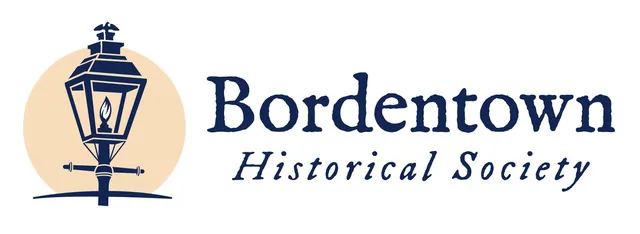As the 17th century was drawing to a close, the sparse number of Quaker settlers residing in Farnworth’s Landing continued to make the most out of their peaceful and humbled existence. This was not easy considering that families were constantly prone to illnesses brought on by the effects of changing weather and the lack of sanitary means within their surroundings. The substandard conditions of the crude log dwellings in which they lived didn’t help matters. In comparison, the magnificence of William Penn’s country plantation, Pennsbury Manor, and its outbuildings could be readily seen from a distance across the river. Serving double duty as a ferryman and as a constable of Chesterfield Township, Thomas Farnsworth was able to view the plantation and its extensive grounds brimming with servants and farm animals almost every day. Although he probably never grew tired of guiding his fellow travelers across the shores, his days of watching the sun’s rays glisten on the surface of the water were slowly diminishing. In 1693, at age 46, he passed away, leaving behind a grieving widow and five children. Two decades would pass before Susanna would join her husband again in eternal sleep, comforted by the soft earth of unmarked graves that was the custom of the Friends.
Farnsworth’s Landing did not struggle after this but rather embraced its new prosperity as an inland port in which goods were bought and sold. Trade with Native Americans was replaced by products shipped from England and sold to other settlements along the river, including Philadelphia. Names like Black, Field, Hance, Newbold, Potts, Shreve, Thompson, and Thorne were scattered in homes along the muddy banks of tributaries and through pathless forests mostly occupied by wildlife. When a Quaker by the name of Joseph Borden arrived by coasting vessel in 1717, he brought with him ideas that would change its landscape forever.
He was born in the rolling hills of Monmouth County when most of the terrain lying south of the Navesink River was called Shrewsbury. Although his family became familiar with their surroundings in New Jersey, his grandparents emigrated from England to Portsmouth, Rhode Island and Fall River, Massachusetts in 1635 as part of the Plymouth Colony. Joseph Borden’s relatives would eventually go on to become prominent leaders in Fall River’s textile industry but it was his fourth cousin, Lizzie that would bring notoriety to the city. Another distant cousin, Gail Borden, was a businessman that developed a process to preserve milk. Starting a factory in Connecticut, his condensed milk would revolutionize the dairy industry.
Joseph Borden seemed to be a forward thinker as well. He bought Farnsworth’s land holdings from an elderly gentleman named Thomas Foulkes, who was not only a close acquaintance of Thomas Farnsworth but also one of the passengers that traveled aboard the ship Kent with him. As William Penn’s former Commissioner of Lands for the Province of West Jersey, Foulkes was eager to strike a bargain with Borden. The result was the purchase of 50 acres of land and the Farnsworth homestead. As the years progressed, Borden bought more than 100 acres and the ferry wharf from Farnsworth’s son in addition to property that other owners would be willing to sell. Eventually, he would follow William Penn’s example of mapping roadways by transforming one square mile of woods into a valuable trading hub and providing lots for businesses, taverns, churches, and a cemetery. Most importantly, he established a stage line and ferry service that catered to travelers willing to pay four shillings. The average trip from Bordentown to Perth Amboy would take three to four days. However, the deplorable conditions of the deeply rutted and rocky roads allowed for bone-jarring experiences free of charge. In 1723, a 17-year-old named Benjamin Franklin skipped the excitement and decided to primarily walk from Boston to Philadelphia. On his journey, he stopped one night at Brown’s Tavern in town. When he wrote his autobiography decades later, he mentioned his cordial conversations with the owner, Dr. Joseph Brown and how Thomas Hopkinson, the father of Francis, initially spoke about his theories regarding electric energy.
By 1740, Borden became the operator of the third major overland stage route in New Jersey. The name of Farnsworth’s Landing gradually faded into “Borden’s Ferry.” Cartographers soon marked and recognized it on their maps as “Bording’s Town.” Anyway, it didn’t take long before the site was officially known as Bordentown.
